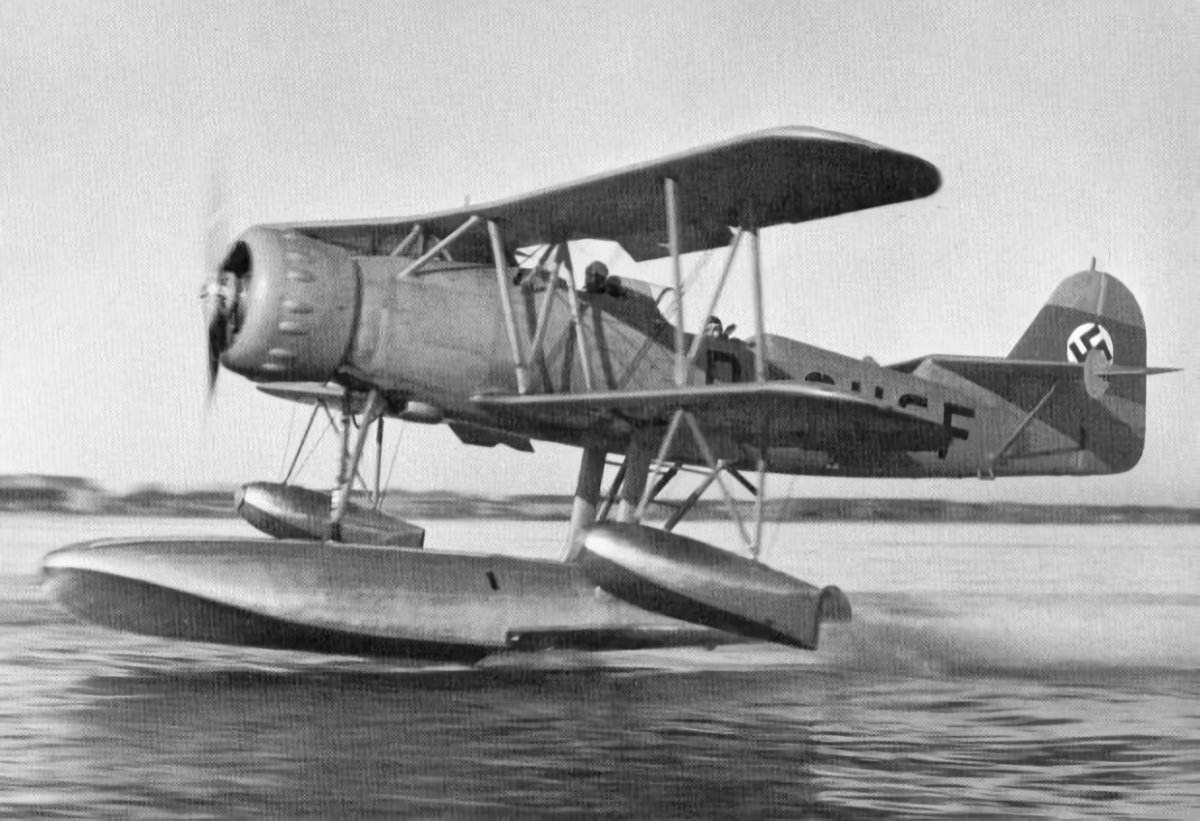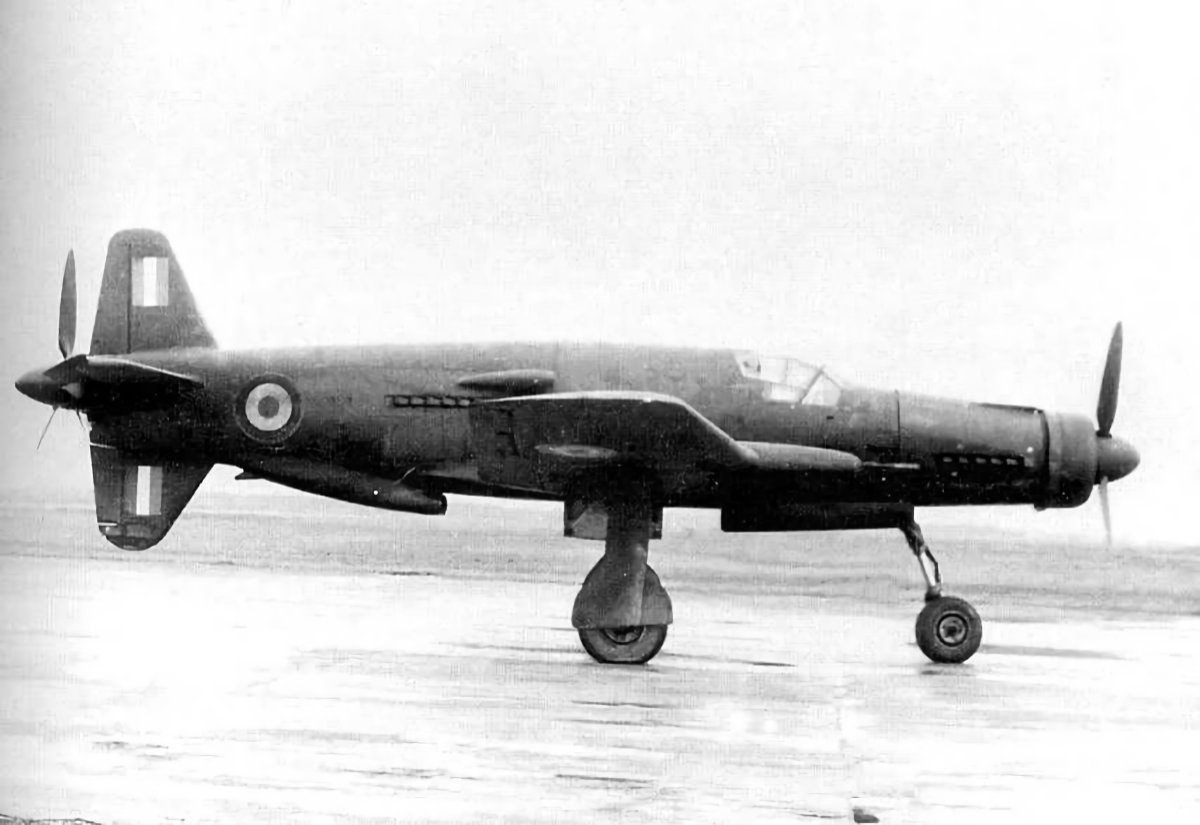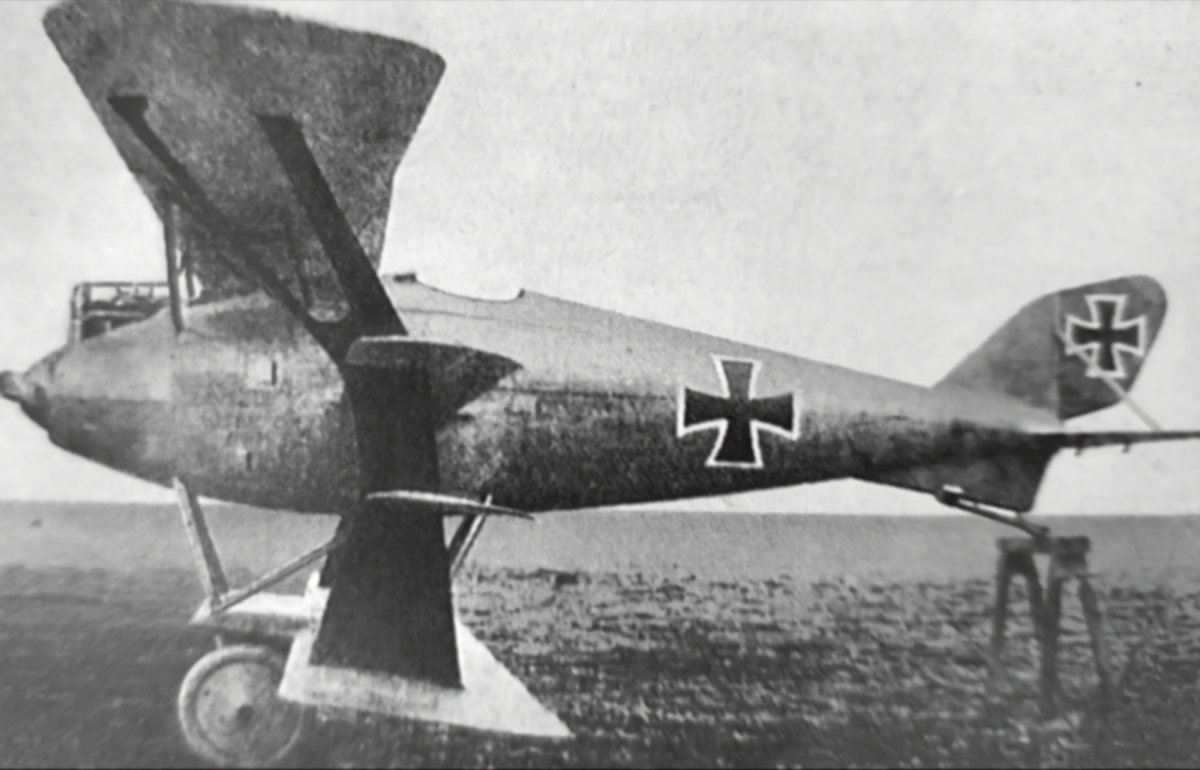Tag: aeroplane
-
Focke -Wulf Fw 62 Floatplane

Focke -Wulf Fw 62 Floatplane Intended as a replacement for the Heinkel He 114, the Focke-Wulf Fw 62 was a reconnaissance floatplane designed for Nazi Germany’s Kriegsmarine. Two variants were built, to evaluate single and twin main floats. The V1 (D-OFWF) and V2 (D-OKDU) prototypes had conventional twin floats, while the V3 (D-OHGF) and V4… Read more
-
Dornier Do 335s Evaluated by France

Dornier Do 335s Evaluated by France Post-war, France examined two Dornier Do 335 fighters, M14 Wk-Nr 230014 (a prototype for the B-2 series) and M17 Wk-Nr 230017, (a prototype for the B-6 nightfighter). M14 was flown to Bretigny and was then restored by the SNCASO factory in Surennes, before transferring to the Centre d’Essai en… Read more
-
Friedrichshafen FF.54 Quadraplane Fighter

Friedrichshafen FF.54 Quadraplane Fighter The Friedrichshafen FF.54 was an experimental quadraplane fighter that crashed on its first flight on 31 October 1917. Rebuilt as a triplane it crashed again in May 1918 and further development was discontinued. Read more